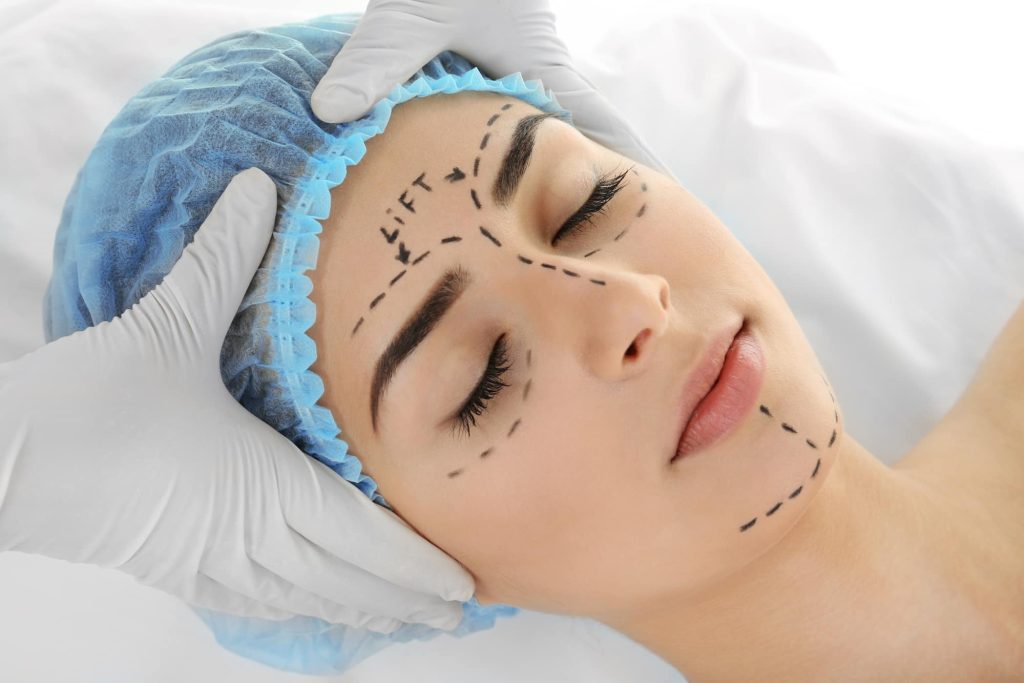Juvederm, a top brand of hyaluronic acid-based filers, uses the cross-linking process of Hylacross or Vycross Technology in its fillers. Another filler brand that is more commonly used in the Europe, Fortelis, also used hyaluronic acid (HA) but using a different mechanism called Cohesive Polydensified Matrix (CPM) technology. Let’s have a look at their differences.
What is Hylacross/Vycross?
Hylacross Technology features a high concentration of dense, cross-linked HA. Using the reticulating agent, BDDE, it links two chains of hyaluronic acid together. The stiffness and elasticity of the gel is determined by the concentration of HA in the specific implant and its G’ value. For Juvederm, its fillers’ great capacity to lift and stay at the target area is due to their high G’ value, which also reduces the chances of filler migration. Juvederm Ultra Plus has a higher degree of cross-linked HA compared to Juvederm Ultra, which makes it more viscous and well-suited for use in improving deep facial grooves and facial augmentation.
Vycross is another proprietary technology used in some Juvederm fillers and combines high molecular weight HA together with low molecular weight HA. The result is a smooth filler that promises less swelling and pain after the treatment and has a longer endurance up to 918 months. Voluma, Volbella, and Volite use this technology and add lidocaine, with the latter used to lower patient pain during the injection process.
What is CPM Technology?
This technology introduces a continuity of cross-linking in one single HA phase. The non-uniform molecular weight and cross-linking rate of fillers made with CPM Technology allows the material to be distributed evenly once it is intradermal. As a result, practitioners and injectors can use fillers made with CPM Technology to easily sculpt the desired facial look while ensuring that the denser areas of the implant can help amplify dermal volume. The areas that have less density in respect to cross-linking have improved integration with the neighboring soft tissues and prevent the Tyndall effect. New contours made with fillers that use CPM Technology enhances the facial structure of the individual and may appear neutral.
Conclusion
Ultimately, the choice of dermal filler to use for a treatment depends on the practitioner’s expertise in using a certain brand. Juvederm fillers and Fortelis are effective solutions that may each be suitable for particular individuals.





